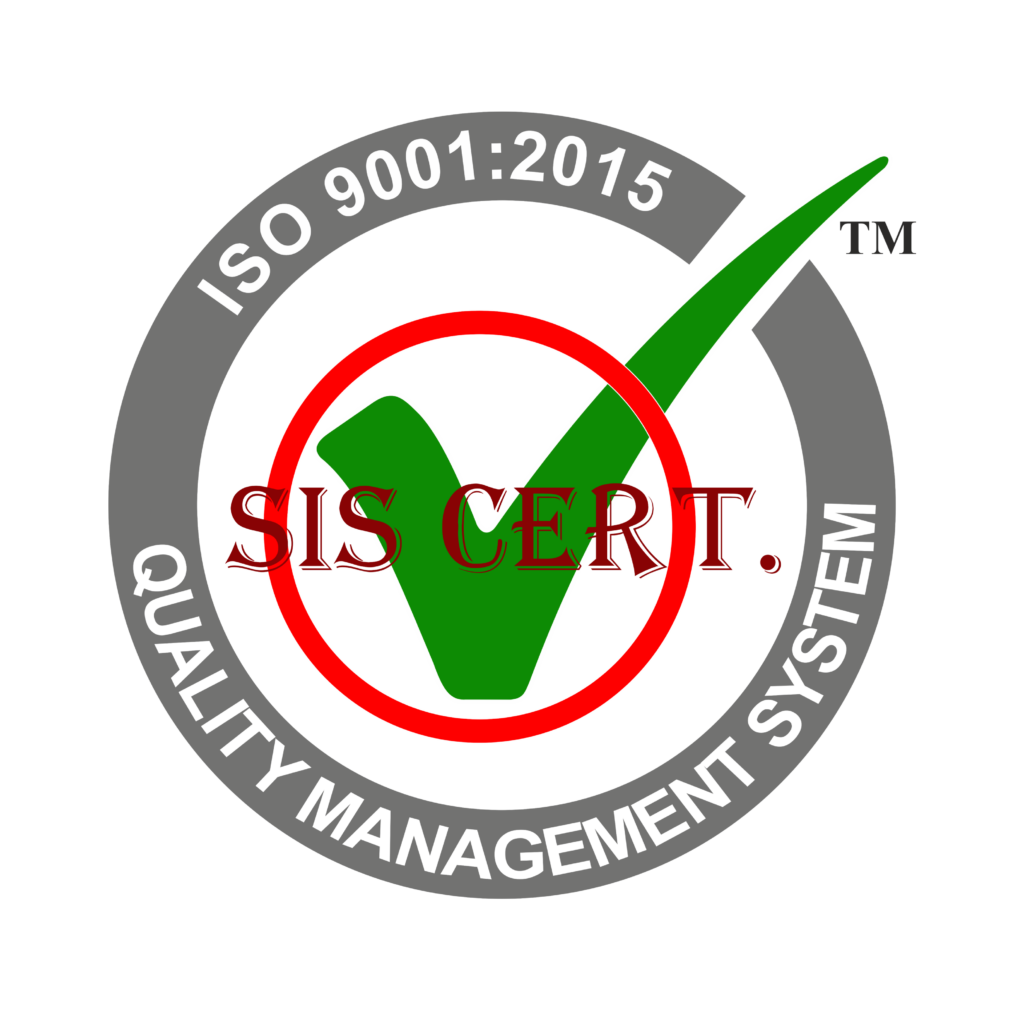Stainless steel has emerged as a necessary material in our everyday lives. As demand continues to increase, global stainless steel market trends have become increasingly volatile. From China’s influence to trade tariffs, it is important to understand the current stainless steel market dynamics.
This article will explore the production and demand, price volatility, and outlook of the global stainless steel market. Join us as we unravel the stainless steel drama and discover how it will shape our future.
Key Takeaways
- Global production and demand for stainless steel have been steadily rising due to factors such as infrastructure development, industrialization, and increased consumer demand.
- The stainless steel market experiences considerable price volatility influenced by factors like political and economic uncertainty, supply and demand imbalances, and currency fluctuations.
- China’s large production capacity and market manipulation have made it a major player in the global stainless steel market, impacting competition and forcing other producers to innovate.
- Trade tariffs have impacted China’s dominance, creating opportunities for new players and increasing competition and volatility in the global market.
Production and Demand
In recent years, global production and demand for stainless steel have been on a steady rise. This is due to various factors, such as the rapid development of infrastructure, industrialization, and increased consumer demand in many countries.
While stainless steel is still the most widely used material in many industries, the industry has seen a surge in development in recent years. This includes the introduction of new technologies that enable higher production capabilities and improved product quality.
There are also several key market trends that outline the current global stainless steel market trends, such as the increasing demand for higher-grade stainless steel, rising prices, and an overall shift towards more sustainable production processes.
These trends are impacting the global stainless steel market, with the potential to shape the industry for years to come.
Price Volatility
Over the past few years, the global stainless steel market has experienced considerable price volatility due to a number of factors. Chief among them are political and economic uncertainty, supply and demand imbalances, and currency fluctuations. As a result, prices for stainless steel products have been extremely volatile and subject to rapid changes.
In addition, the global market is highly fragmented, with different regional markets exhibiting different characteristics. This complexity has made it difficult for buyers and sellers to accurately predict the direction of stainless steel prices.
To account for this volatility, stainless steel buyers and sellers have to monitor the market closely and adjust their strategies accordingly. This includes using hedging and derivative instruments to protect against losses. Additionally, buyers should look for opportunities to diversify their supply sources and purchase in bulk to reduce costs. Sellers, on the other hand, should focus on marketing and positioning their products to better meet the needs of their customers.
These strategies can help buyers and sellers to reduce the risks associated with price volatility and ensure long-term success in the global stainless steel market.
Going forward, it will be important to stay informed of market developments and adjust strategies accordingly in order to remain competitive.
China’s Role
Due to its large and growing stainless steel production capacity, China has become a major player in the global stainless steel market. The country’s presence has been felt in the form of increased price volatility, as prices have been subject to fluctuations due to market forces, including increased demand from China. As such, Chinese producers often take advantage of this by manipulating the market dynamics to their benefit. This has forced other producers worldwide to adjust their strategies accordingly, often resulting in reduced profits.
Additionally, Chinese stainless steel exports have increased significantly over the last decade, resulting in a greater global market share. This has caused a negative impact on competing countries, who must now compete with the lower prices offered by Chinese producers. In response, other producers have been forced to innovate and develop more efficient production processes in order to remain competitive.
Finally, China’s presence in the stainless steel market has had an effect on the global industry’s environmental commitments. Despite the country’s own goals to reduce emissions, their production capacity has made it difficult for other producers to meet their own commitments. The world is now looking to China for guidance in developing more sustainable stainless steel production processes.
Trade Tariffs
The increasing presence of trade tariffs in the global stainless steel market has had a profound impact on China’s dominance. As tariffs are imposed, Chinese exports are becoming increasingly more expensive and therefore less competitive. This has forced Chinese producers to reduce their prices in order to remain competitive, resulting in a decrease in their profits. The tariffs are also impacting the global stainless steel market, as other countries seek to benefit from the new opportunities created by the tariffs. This has resulted in an influx of new players to the global market, creating increased competition and volatility.
At the same time, the tariffs have made it difficult for Chinese manufacturers to access raw materials, as the cost of steel has skyrocketed. This has forced Chinese producers to focus on more efficient methods of production, which has resulted in significant improvements in quality and innovation. As a result, Chinese producers are now able to produce higher quality stainless steel that is more competitive and cost-effective.
The combination of tariffs and innovation has made the global stainless steel market a highly competitive and dynamic environment. The tariffs have also created opportunities for new players, allowing them to enter the market and compete at a global level. This is creating an environment of innovation and an increase in the overall quality of stainless steel products. As a result, the global stainless steel market is continuing to remain dynamic and is likely to remain so for the foreseeable future.
Outlook
Building on the tariffs and innovation discussed previously, the outlook for the global stainless steel market appears to be positive. The growth of the automotive, construction, and other industries has increased demand for the metal, leading to steady growth in production and consumption. Increased investments in research and development, as well as lower costs of production and improved quality, have enabled the industry to meet this increased demand. Additionally, the increase in global trade has created new opportunities for manufacturers to expand their reach.
The rise in stainless steel production has also led to increased competition, which has driven prices down. This has made the metal more affordable to the consumer, while also providing manufacturers with an incentive to offer new products that meet the needs of today’s markets. Additionally, the steel industry has benefited from increased environmental awareness, leading to increased efforts to reduce emissions and improve recycling practices.
Frequently Asked Questions
What Are the Environmental Implications of the Global Stainless Steel Market?
The global stainless steel market has significant environmental impacts due to the energy-intensive production of the material. Its production creates significant amounts of air pollution, water pollution, and greenhouse gas emissions. Furthermore, the end-of-life disposal of stainless steel can create hazardous waste.
How Has the Global Stainless Steel Market Changed in the Last Decade?
The global stainless steel market has grown substantially in the past decade, with increased demand for higher quality materials and more efficient production processes. This has increased the sustainability of stainless steel production, as well as its use in innovative applications.
What Are the Implications of the Current Global Stainless Steel Market for Consumers?
Consumers should be aware of the current global stainless steel market as it may have an impact on their purchasing decisions. Innovative products and services may become available, and prices could fluctuate, so it is important to stay informed.
How Has Technology Impacted the Global Stainless Steel Market?
Technology has revolutionized the stainless steel market, improving production processes and product quality. Advanced methods and materials allow for greater control, efficiency, and innovation, giving consumers access to better and more cost-effective solutions.
What Impact Has Increased Global Competition Had on the Global Stainless Steel Market?
Increased global competition has caused a shift in the global stainless steel market, leading to greater innovation and cost effectiveness. Companies are now investing in technology and production methods to remain competitive and drive innovation.
Conclusion
The global stainless steel market has seen dramatic changes in recent years, with production and demand fluctuating, price volatility increasing, and China’s role in the market becoming increasingly significant. Trade tariffs have also had an impact on the market, making it difficult to predict the future.
Despite these issues, the industry is expected to continue to grow in the near future, with increased investment and technological advances helping to drive the market forward.


